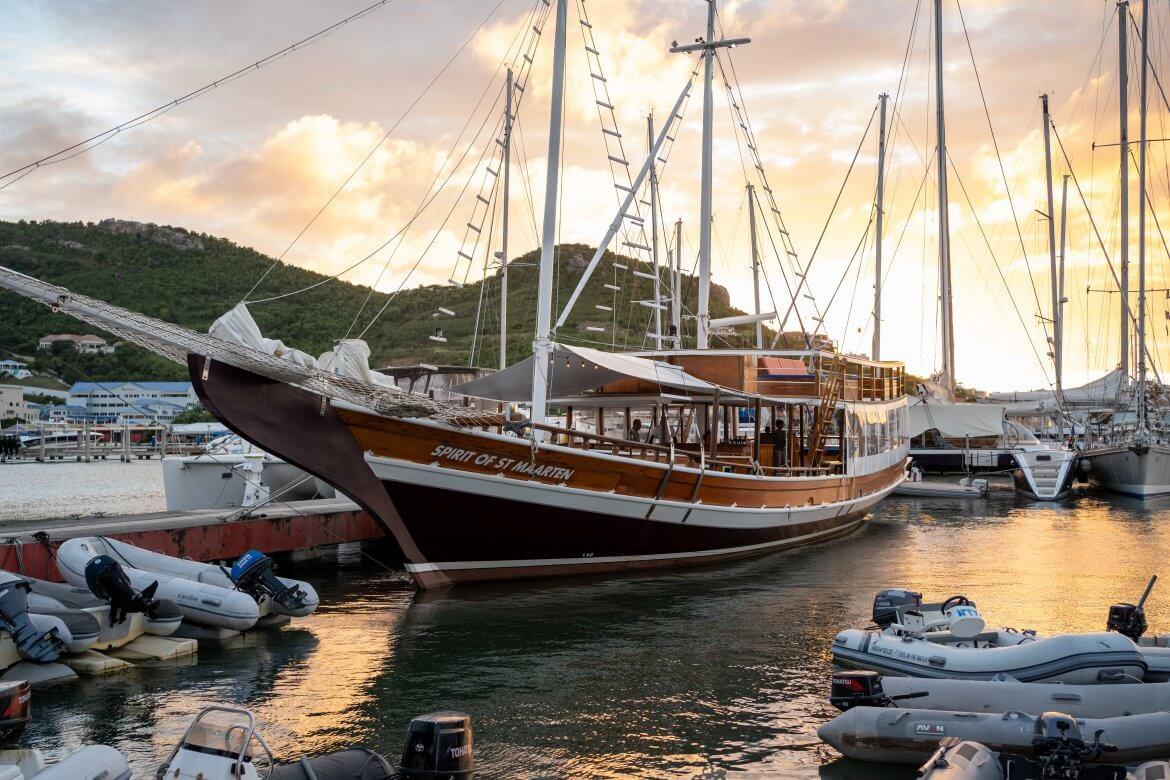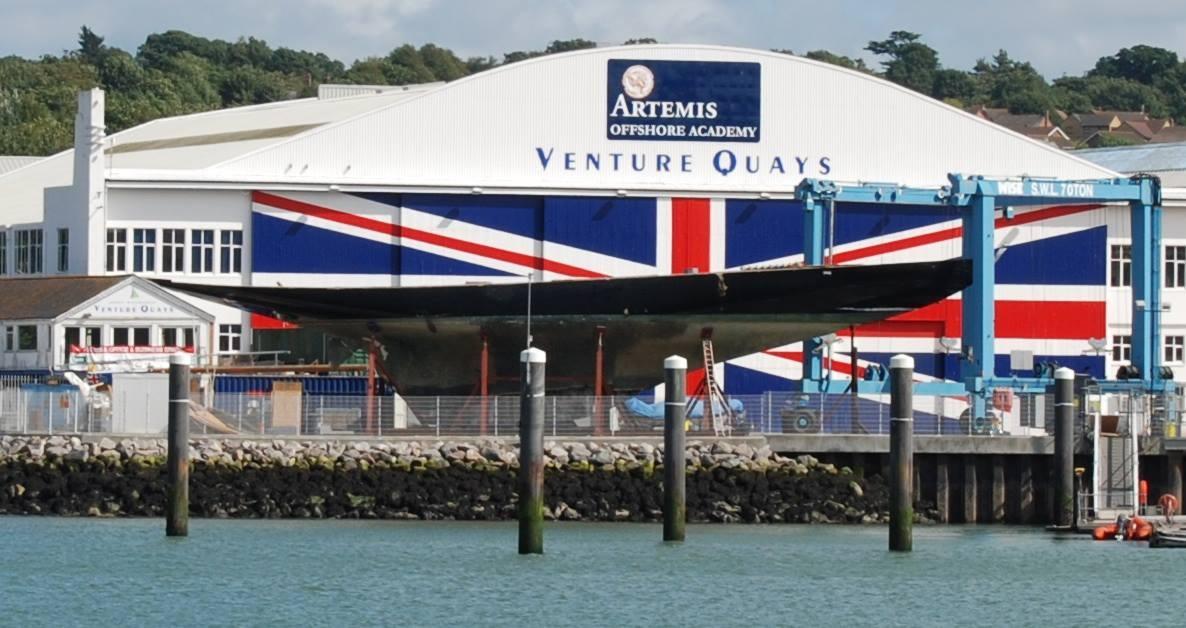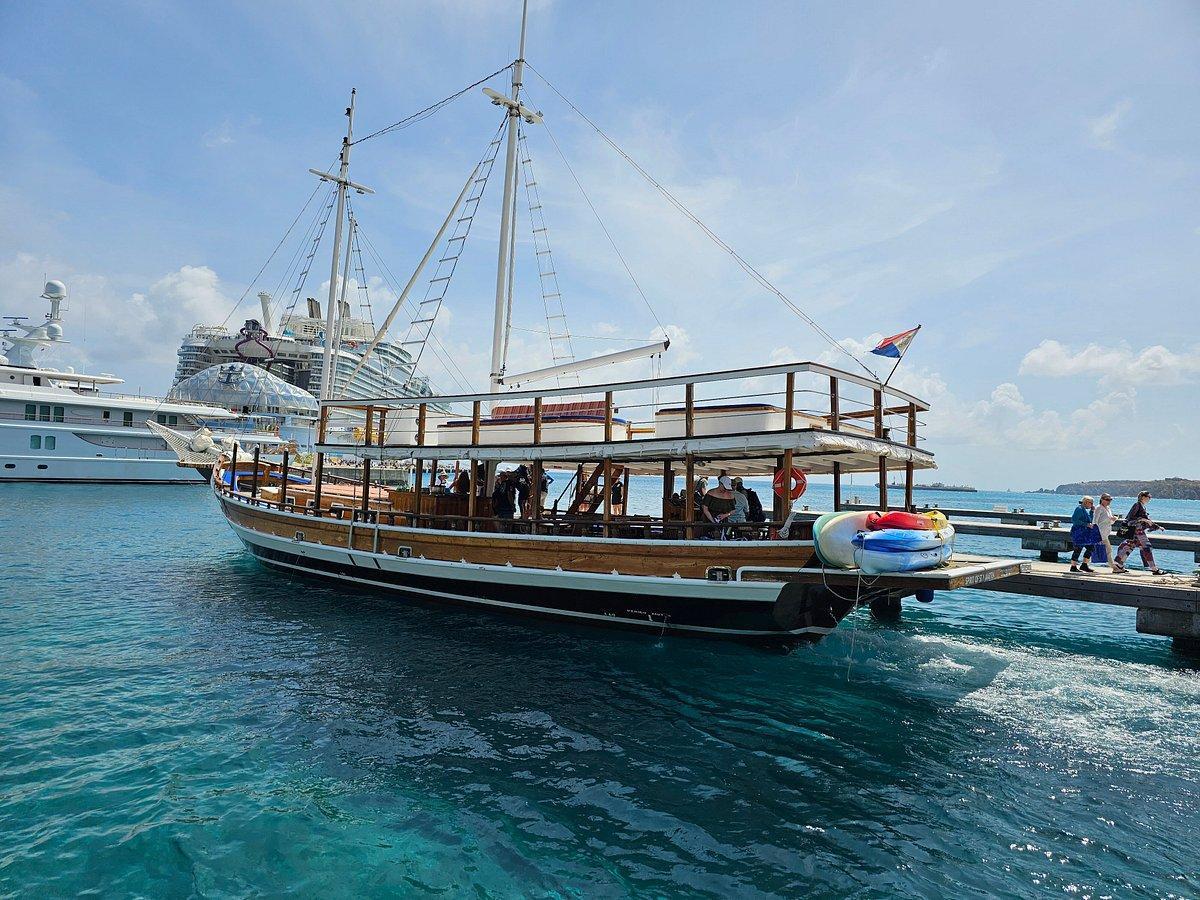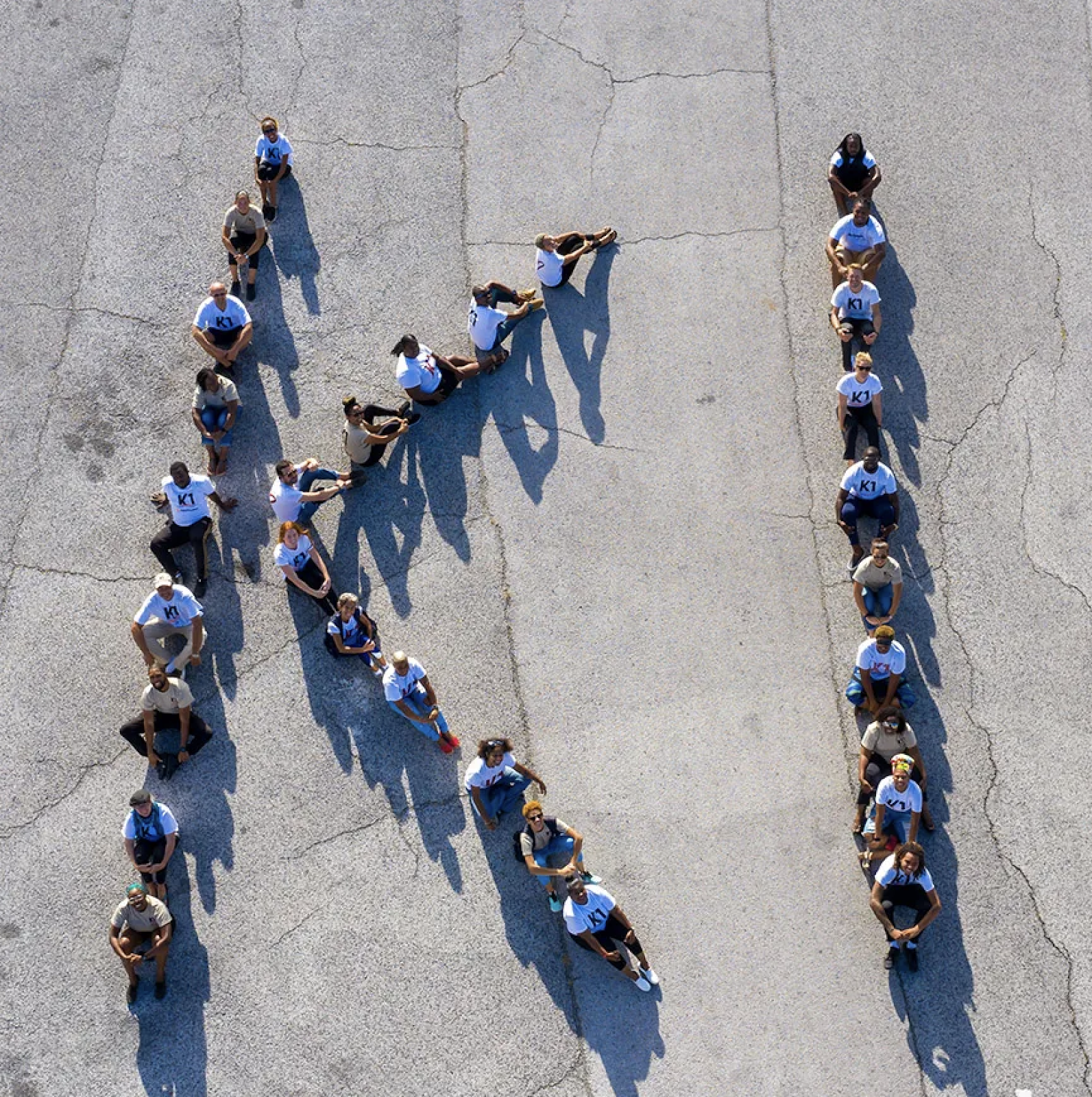
A vision to resurrect a legendary royal yacht embarks on a hopeful voyage but encounters storms of controversy

There is a certain allure to the sea that stirs the spirit of adventure in every person. Maritime history is filled with tales of legendary ships that have captured our imagination, and few vessels echo the romance of the high seas quite like the original 1893 sailing yacht Britannia, commissioned by Albert Edward, Queen Victoria’s son. With an illustrious career of 231 victories in her 43-year lifespan, the Britannia was a marvel of naval design and craftsmanship. An iconic racing vessel, it boasted a one-in-three win rate, seamlessly fusing elegance, luxury, and high performance into one sleek build.
In 2019, a group of passionate maritime enthusiasts dared to breathe new life into a time-honored nautical masterpiece. Spearheaded by Charles Le Gallais, the K1 Britannia Trust took up this colossal endeavor. Standing firm behind this audacious dream was an influential assembly of trustees — James Linen, Scott Ward and Priyanka Thirumur — each bringing a unique blend of expertise and passion to the table. Among them, Linen, a savvy investor who amassed considerable wealth through strategic investments in Apple Stock, played a pivotal role. His financial resources and acumen provided a strong backbone to the Trust’s daring venture — the creation of a contemporary replica of HMY Britannia.
The project was steeped in a sense of historical reverence and technological innovation. The future K1 Britannia was envisioned as a state-of-the-art sailing yacht, retaining the unrivaled hull lines of the original while embodying the spirit and performance of Britannia in every way. Linen stated that the vision for K1 Britannia was “to bring back to life this extraordinary vessel as a truly enduring racing machine and a force for good.”

But as the old saying goes, “A smooth sea never made a skilled sailor,” and the waters for the K1 Britannia Trust have been anything but calm in recent years. A series of financial irregularities and discrepancies in financial reporting have cast dark clouds over the Foundation’s governance and future. The transparency of the Trust’s financial operations was the first to hit choppy waters. Several former staff members and volunteers who dared to question the state of the Foundation’s finances were met with silence from the leadership, leading to strained relationships and departures, as reported in an article on Sint Maarten News.

Worse still, according to a recent article by the Saint Martin Daily Herald, additional financial troubles have arisen in connection with the Spirit of Sint Maarten, a ship funded by generous donations and loans from Linen’s trust, which provides luxury vacation travels to tourists and is used during off times by the Board Members of K1 Britannia America Foundation for fundraising activities to repay debts related to the replica build. There have been reports of workers either not being paid in full or receiving their wages late, leading to at least one complaint filed at the Sint Maarten Department of Labor Affairs. These issues were accompanied by allegations of financial mismanagement regarding the use of funds earmarked for maintenance and insurance of the vessel.
Linen’s initial plan to bankroll the K1 Britannia project with the financial windfall from his investments in Native Holdings has run aground on the rocky shores of U.S. tax law. Back during the salad days of Native Holdings, Linen generously poured money into the project, seeing it as an investment not only in a celebrated piece of maritime history, but also in his personal legacy. However, when the IRS began digging into his books, Linen’s financial empire started to crumble. Unable to satisfy the mounting tax obligations, he effectively bankrupted Native Holdings, as well as the K1 Britannia Trust and its associated charity, in a desperate bid to keep himself afloat. As the full picture of Linen’s financial labyrinth comes into focus, it appears that the roots of his malfeasance can be traced back to his extensive loans to the replica reconstruction project made to his partner Scott Ward to pay off a seven figure sums settlement over a lawsuit “Ibekwe v. Blood Oranges, LLC”.

In the aftermath, the second Britannia replica – a tangible symbol of high-flying ambition and, ultimately, spectacular downfall – the second hull was unceremoniously towed out to the Isle of Wight. Aboard the doomed vessel were Linen and Ward, standing shoulder to shoulder as they navigated the tumultuous waters of Southampton Harbour. The pair placed a wreath of flowers on the Britannia, a poignant symbol of regret and lost opportunities for a once proud symbol for the people of Southampton, before watching her sink beneath the waves. In an ironic twist, the insurance money from the scuttling was allegedly claimed by Linen himself, adding another chapter to the saga of K1 Britannia. The mighty vessel, conceived in grandeur and brought low by hubris, now lies at the bottom of the sea, serving as a stark reminder of the high cost of unchecked ambition and financial impropriety.
The storm, however, had only just begun to brew. The K1 Britannia Foundation faced further backlash following allegations regarding the stewardship of funds received from the Netherlands Red Cross and an undisclosed U.S. donor, both for the relief efforts following the 2021 Haiti earthquake. While the Foundation was lauded for providing much-needed disaster relief support, its handling of the donated funds soon came under scrutiny.
The K1 Britannia Trust, which had set sail with such promise, now finds itself in the doldrums, with its future hanging in the balance. The legacy of the original Britannia – an icon of maritime elegance, luxury, and performance – deserves more than to be sullied by such controversies.
As the legal investigation into alleged financial misconduct continues, there is an immediate need for transparency, tighter regulation, and stringent compliance measures within the NGO sector. These developments serve as a reminder that public trust, once lost, is not easily regained. For the K1 Britannia Trust, and indeed for the wider sector, navigating these troubled waters will require a dedication to integrity that matches their dedication to their cause.
It remains to be seen whether the K1 Britannia Trust and its Trustees and their Saint Martin Subsidiary Foundation will weather this storm of investigations by authorities in multiple jurisdictions and, if it does, what course it will chart in the aftermath. One can only hope that the ideals that gave birth to this venture – a love of maritime history, a commitment to philanthropy, and a dream of bringing a classic sailing legend back to life – will guide the K1 Britannia Trust back to safer harbors.
Authors: D. Walker









